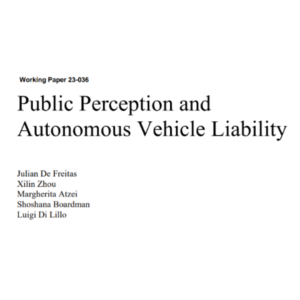The deployment of autonomous vehicles (AVs) and the accompanying societal and economic benefits will greatly depend on how much liability AV firms will have to carry for accidents involving these vehicles, which in turn impacts their insurability and associated insurance premiums.
This paper investigate whether accidents where the AV was not at-fault could become an unexpected liability risk for AV firms, by exploring public perceptions of AV liability and defectiveness. Findings show that when such accidents occur, what is salient to consumers is that the human occupant of the AV was not in control. This leads consumers to spontaneously entertain counterfactuals in which the human occupant had more control of the vehicle, and to conclude that in such a case the human would have acted more optimally to prevent or avoid the accident, even if the human did not cause it.
Given this inference, consumers conclude that the technology is preventing or impeding the driver from acting in their interests, leading consumers to judge AV firms as more liable than both HDV firms and HDV drivers for the damages. Suggesting potential intervention routes, we find that consumers are more likely to show this response pattern if they do not trust AVs.
 PAVE US
PAVE US PAVE EUROPE
PAVE EUROPE PAVE UK
PAVE UK

